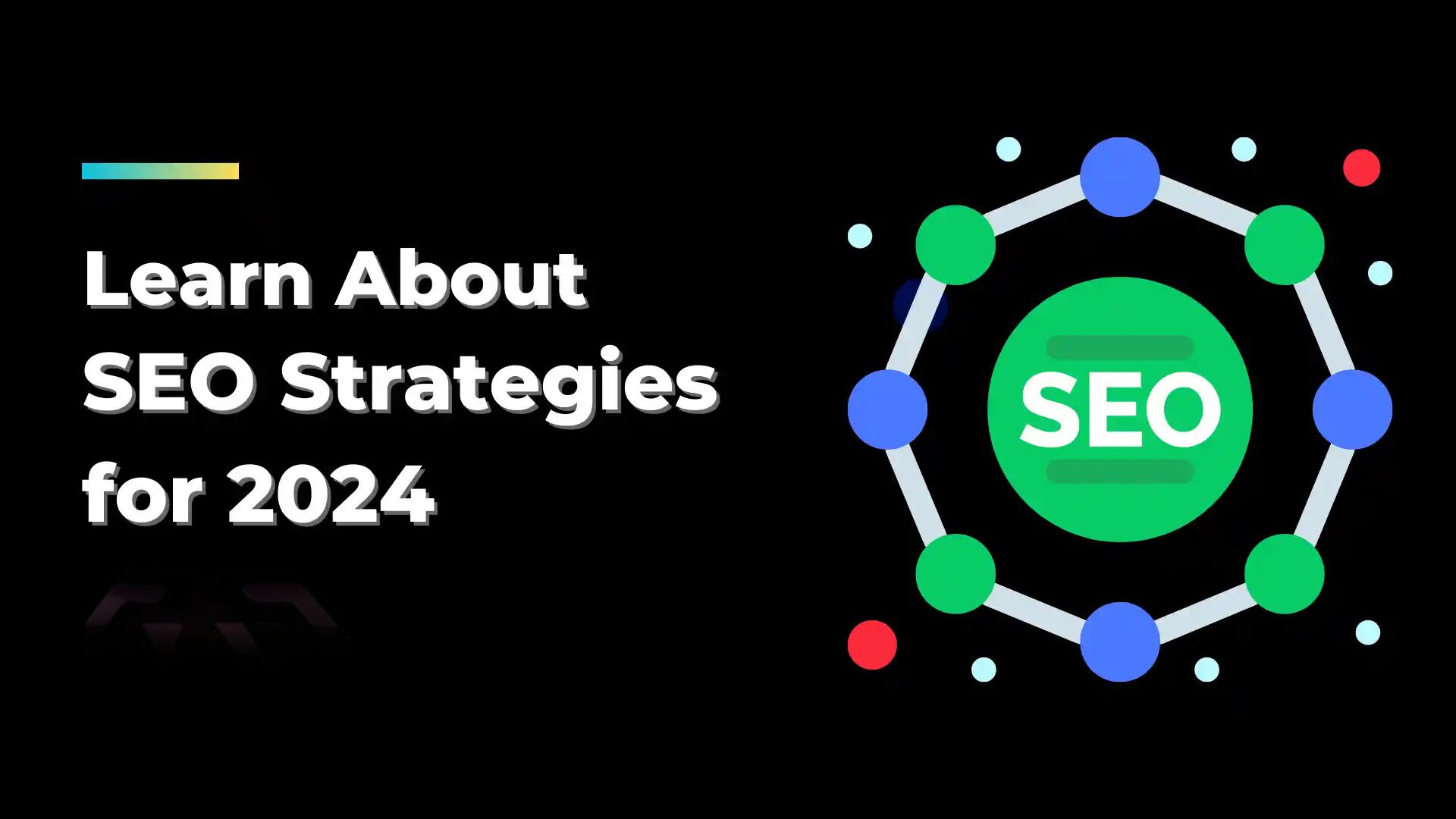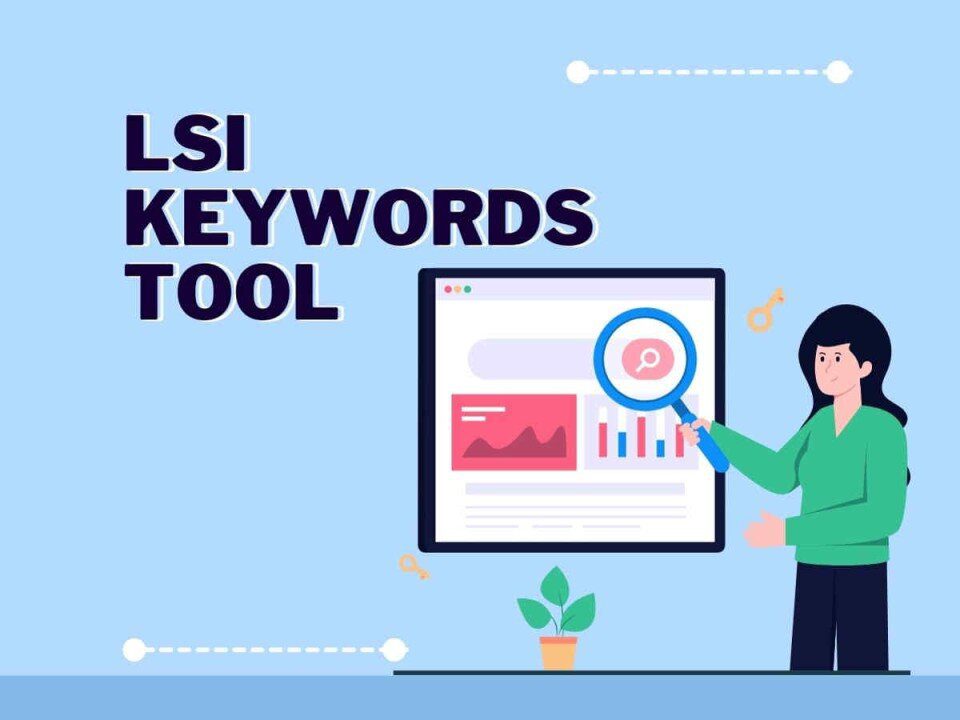
Even if search engine optimization is changing rapidly in 2025, one thing will never change: content is still king. Focus on producing optimized, high-quality content that connects with people and search engines if you want to rank well in search engines. Content optimization has evolved beyond keyword stuffing to focus on user intent, value offering, and staying relevant in a highly competitive digital landscape.
With this tutorial, you’ll be able to create content that not only ranks well but also engages and converts your audience. It will also show you how to implement a complete content SEO plan for 2025.
You’re correct that having consecutive sentences starting with the same word can make the writing feel repetitive. Here’s a revised version of the section to improve variety while maintaining the original meaning:
Content SEO’s Persistence Until 2025

Search engines powered by AI and ML are becoming more intelligent, prioritizing content that provides value and effectively answers user queries. While technical SEO aspects like mobile friendliness and page speed remain essential, content continues to reign supreme in search engine optimization. In 2025, creating content that is optimized for search engines while delivering meaningful experiences to users will be key to success.
In 2025, the goal is to prioritize developing content with people in mind. This material should be optimized for search engines and should also provide consumers with meaningful experiences. It is now very evident, with Google’s latest changes like Helpful Content and continuous improvements to E-A-T (Expertise, Authority, Trustworthiness), that your content’s ranking will be directly proportional to how well it assists consumers.
Elements Essential to an Effective Content SEO Strategy
In order to get better search engine rankings in 2025, your material should be thorough, tailored to user purpose, and enhanced with SEO best practices. Let’s dissect what makes a good content SEO strategy.
1. Identify the Goals of the User
Find out why people are searching for specific phrases before you start writing. There are typically three categories of user intent:
- Informational Intent: People are trying to find answers to questions like “how to optimize for SEO in 2025.”
- Navigational Intent: For example, “Google Analytics login.” This is an example of navigational purpose, where users are trying to find a certain webpage.
- Transactional Intent: Example: “buy wireless headphones online.” This demonstrates the user’s desire to purchase a product or service.
Your content’s relevance to the user and its ranking in search results can be enhanced by tailoring it to reflect the searcher’s purpose. If you want to know why people are searching for your target keywords, you may use tools like Ahrefs or Google Search Console.
2. Carry Out Extensive Keyword Analysis
Before developing a content SEO strategy, it is essential to conduct keyword research. Finding terms with search volume, user intent alignment, and attainable ranking potential is the goal of keyword research in 2025.
- Conduct research using keyword tools: Use tools like Ahrefs, SEMrush, and Ubersuggest to discover the terms your target audience is using.
- Seek out terms with strong intent: Pay close attention to terms that indicate a person is prepared to commit, such as purchasing or registering. As a result, conversion rates will rise.
- Track the complexity of keywords: For newly-launched or low-authority sites, choose keywords with manageable difficulty ratings.
3. Make Your Headlines Stand Out
Headlines are prominently shown to both human readers and search engines. In 2025, search engine rankings and click-through rates (CTR) are greatly affected by poorly crafted headlines.
- Make natural use of main keywords: Add your main term to the headline in a way that doesn’t seem robotic.
- Use attention-grabbing headlines: Catchy headlines that are also informative are ideal. Get right to the point by answering a query or relieving a user’s misery.
- Optimize for length: Most search engines display headlines that are 50-60 characters long.
4. Make Material That Is Both High-Quality and Comprehensive
Websites that offer helpful, in-depth material tend to rank higher in search results. Short, shallow pieces of writing won’t get you ranked in 2025.
- Provide a comprehensive analysis: Produce essay-length material (1,500 words or more) that examines the subject from several perspectives; use subheadings and bullet points to make the material easier to read.
- Impart value: Use unique research, case studies, and practical examples to make your content stand out.
- Include images: Make your material more engaging by adding photos, infographics, or videos.
Optimizing Content for On-Page SEO
Page-by-page optimization, or “on-page SEO,” is a method of improving a website’s visibility in search engines. Even in the year 2025, on-page optimization remains an essential part of any content SEO plan.
5. Meta Descriptions and Titles
- Optimize your meta title by including your target keyword.
- Craft a compelling meta description that encapsulates your content effectively.
6. Header Tags
- Use H1, H2, and H3 tags to structure your content and help search engines comprehend its hierarchy.
- Include target keywords in your headers naturally.
7. Photos Optimization
- Compress images to improve load time.
- Include alt text for accessibility and better SEO performance.
Add LSI Keywords for Latent Semantic Indexing

Search engines use Latent Semantic Indexing (LSI) keywords to better grasp the context of your material.
- Use LSI keywords: Add related terms and organic variations to your content.
- Avoid overuse: Focus on using natural language to maintain readability.
Get Shown Snippets Ready
Position zero, or featured snippets, is becoming more important for search engine optimization.
- Provide straightforward responses: Address frequent user inquiries succinctly.
- Use keywords based on questions: Include keywords like “What is content SEO?” or “How to improve rankings in 2025.”
- Create snippet-ready content: Use subheadings, lists, and short paragraphs.
Emphasize E-A-T: Expertise, Authority, Trustworthiness
Google’s focus on E-A-T continues to grow.
- Showcase expertise: Have professionals write or review your content.
- Build authority: Secure backlinks from reputable websites and ensure your site uses SSL.
- Build trust: Include contact details, privacy policies, and terms of service.
Regularly Update and Revise Content
Search engines favor updated content.
- Update outdated information: Refresh data, statistics, or trends.
- Add new insights: Keep content comprehensive and relevant.
- Republish with updates: Reflect changes with the current date.
Boost Participation from Users
User engagement impacts your SEO performance.
- Choose engaging formats: Include images, videos, and infographics.
- Use internal links: Direct visitors to related information on your site.
- Encourage interaction: Allow comments and respond to feedback.
Finding Out How Well Your Content SEO Is Doing
Monitor key performance indicators (KPIs) consistently:
- Traffic: Track how many people access your content via organic search.
- Rankings: Use tools like Ahrefs or SEMrush to monitor keyword positions.
- User engagement: Analyze metrics like bounce rate and time on page.
- Conversions: Measure leads or sales generated using Google Analytics.
In Summary
SEO in 2025 goes beyond keywords. Success lies in understanding your audience, creating valuable content, and following best practices to rank and drive results for your business.
